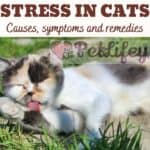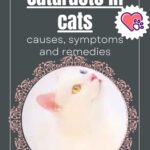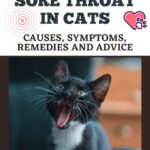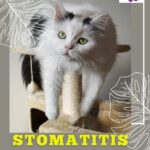It affects cats more frequently than dogs, and it is a little known pathology: it is megacolon. Let’s find out the symptoms and remedies.
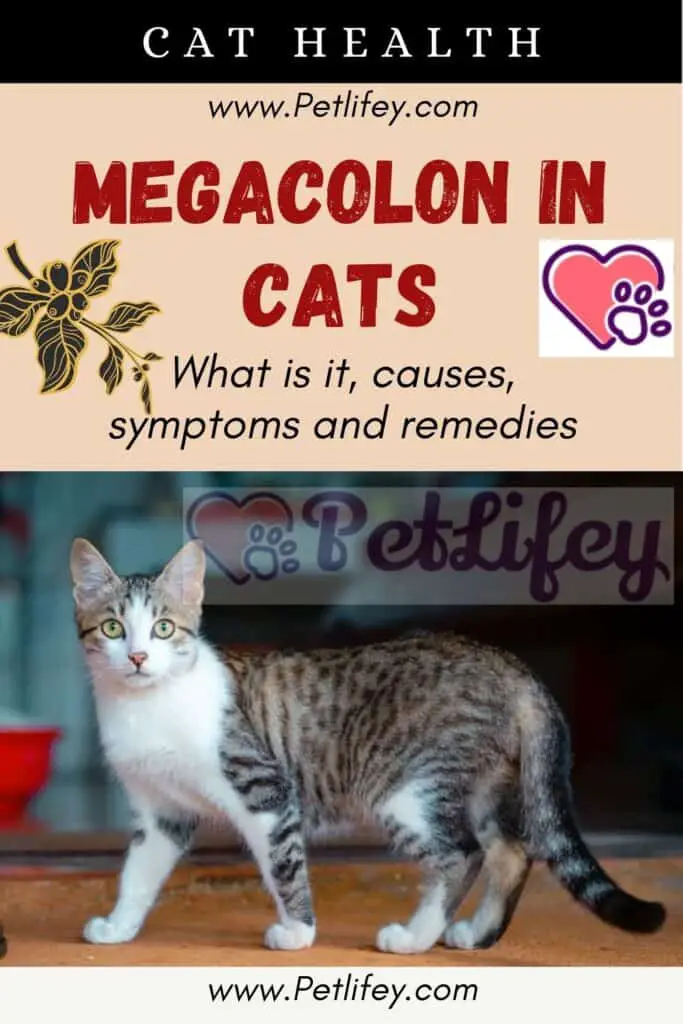
The megacolon in cats is a little known disease, which can cause serious consequences in the body of our four-legged friend. Nutrition plays an important role in preventing the disease, but it is not always sufficient. Let’s learn what are the causes of the disease, and which are the most frequent symptoms to pay attention to.
What is it and what are the causes
Megacolon is a pathological disorder consisting in the abnormal dilation of the cat’s colon.
This is a rather rare disease in dogs; on the contrary it is decidedly more frequent in the feline cats. The disease affects the ability of the muscles to expel feces, increasing its difficulty.
By staying in the intestine for too long, the feces cause various digestive disorders in the stomach of the feline. Megacolon in cats can have several sources of origin. For example, it can be congenital, and therefore affect the cat from a young age, or caused by trauma to the pelvic area, or even be the result of a tumor.
Furthermore, a particular predisposition to the disease is found in adult male cats (in the range between 5 and 7 years) and in the Manx, although the specimens of the other sex and other feline breeds are not exempt.
Symptoms of megacolon in cats
The onset of megacolon is always accompanied by the recurrent constipation of the cat.
The little cat tries in vain, and for a long time, to defecate in the litter box, failing. The pathology is characterized by other secondary symptoms, such as
- lack of appetite
- weight loss
- abdominal pain
- dehydration
- He retched
The remedies
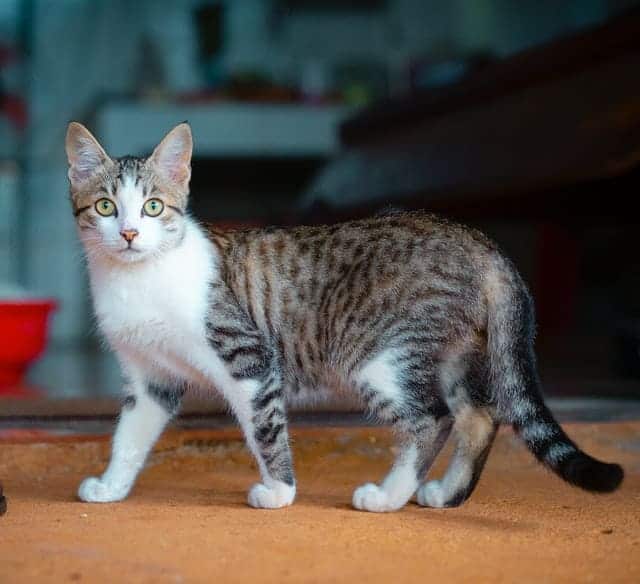
When the aforementioned symptoms arise, it is necessary to promptly bring the cat to visit your trusted veterinarian.
The most appropriate therapeutic treatment will vary according to the progress of the disease, the general state of health and the age of the feline.
For example, where the diameter of the colon is irreversibly dilated, all that remains is to proceed with surgery aimed at the removal of a part of the colon. The hypothesis in which cat megacolon is diagnosed in the initial phase, or in any case at a still reversible stage, is different.
In this case, in fact, normally one resorts to the administration of laxatives drugs, and the preparation of a regime food that favours the intake of water and fiber. If this is not enough, the remedies could be assisted by the use of rectal enemas.

